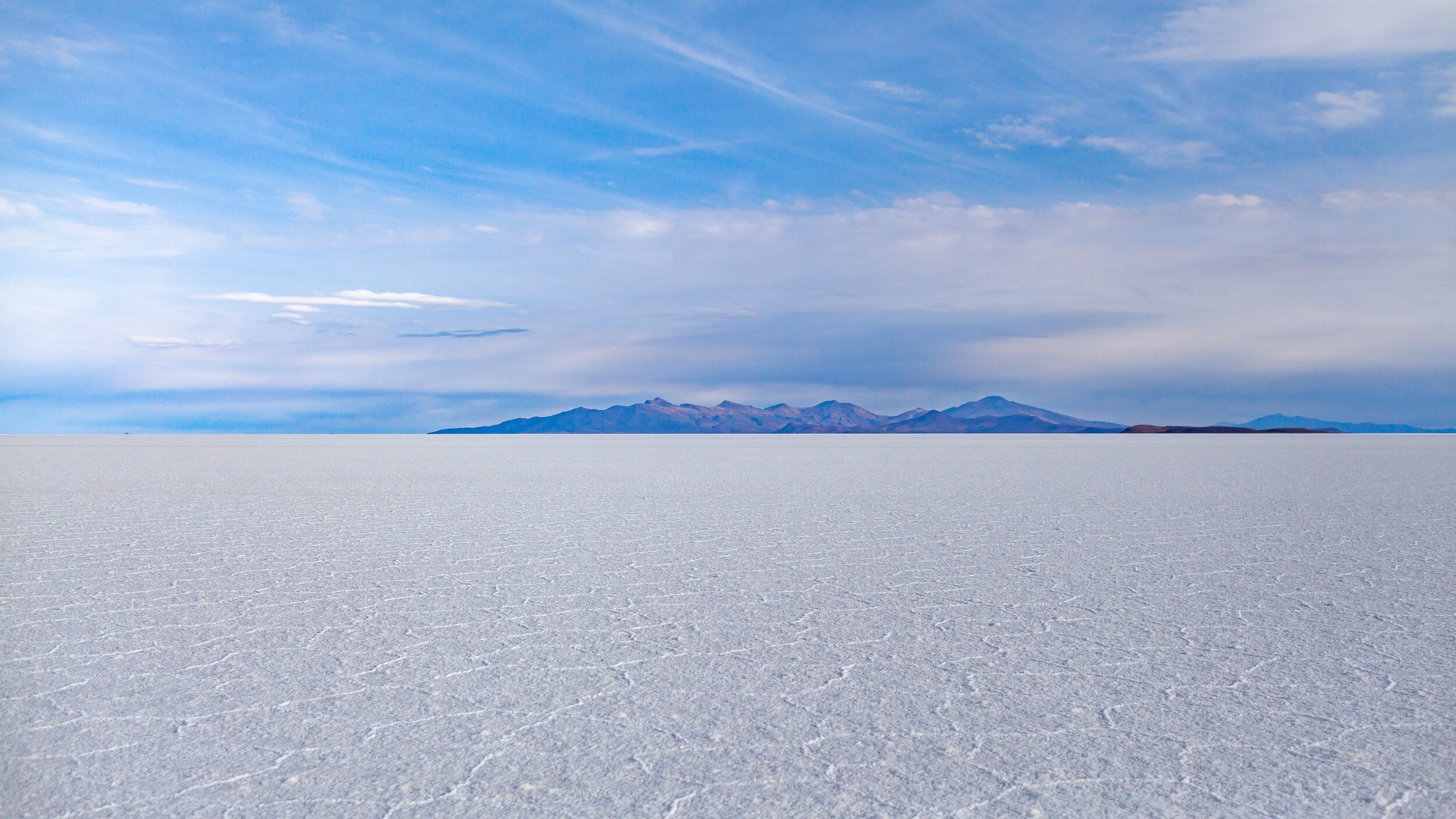ARE WE POWERING OUR FUTURE ON THE BREAST MILK OF VOLCANOES?
My aunt visits my mother at the care home.
“Is that really Barbie?” she asks me.
My mother grabs my arm, “Who’s that?” she says, pointing at Pauline.
I assure Pauline that Mum is Mum. And Mum that Pauline is Pauline. They grin at each other, freshly delighted in each other’s company.
What happens when we confuse who and what is important to us?
I contemplate this question as Bruce and I brave the streets of London’s West End, jostled by shoppers and overstuffed bags. Overhead, the blinking of Christmas lights. It’s as if we’ve forgotten the humble origins of the Christmas story: a child born in a manger, his first breath mingling with that of cattle. A bed of straw; a single star of exceptional brilliance.
What is sacred and important to us?
We’re in Piccadilly, the heart of shopping land, because we’ve just been to see the EcoVisionary exhibit at the Royal Academy. There, we learned of lithium mining in the Salar de Uyuni region of Bolivia, an area of pristine salt flats covering over 10,000 square kilometers that holds about seventy percent of the world’s supply of lithium.
This wild and shimmering expanse is now being dug into and irreparably despoiled and scarred to mine a metal that powers our cell phones, battery driven cars and just about every other rechargeable device.
According to the sacred story of the indigenous Aymara peoples, this vast spill of whiteness came from the breast milk and salty tears that flowed from Tunupa, a goddess in volcano form, when her lover left her, even as she was newly with child.
In our desire to power new “green” technologies, another sacred story is swept aside.
I like to think, that like my Aunt Pauline and my mother, we just need a little nudging to sort out the confusion—to say, “This is what matters, not the thing itself, but the sacred land and stories it holds.
Not so hard to do, surely?
Beneath the consumerism of Christmas lies a wondrous story of a Christ-King who spread a message of love. Everything in this world is made of sacred matter, and all resources are taken from sacred lands. Only we tend to forget.
Worse still, we tend to deify the things we make from these sacred materials: All praise to the cellphone we can’t be separated from, the electric car we proudly drive. These things become our gods, the things we worship and cannot live without. We forget that what is truly sacred is the materials they are made from. Matter, matters.
Lithium is a metal that originated at the birth of the universe 13.8 billion years ago. The cell phone isn’t sacred. That’s the mistake we make, it’s the elements that comprise it and the lands those elements were ripped from, that we need to revere.
Perhaps this slight shift in consciousness might temper our desire to believe that the answers always reside in one more thing, however shiny or even sustainable it appears on the surface. In time, we might rely more on a different source of energy—a deep creative love and reverence for all that is.
For I ask you: Do we really want to power our future on the breast milk of volcanoes?

